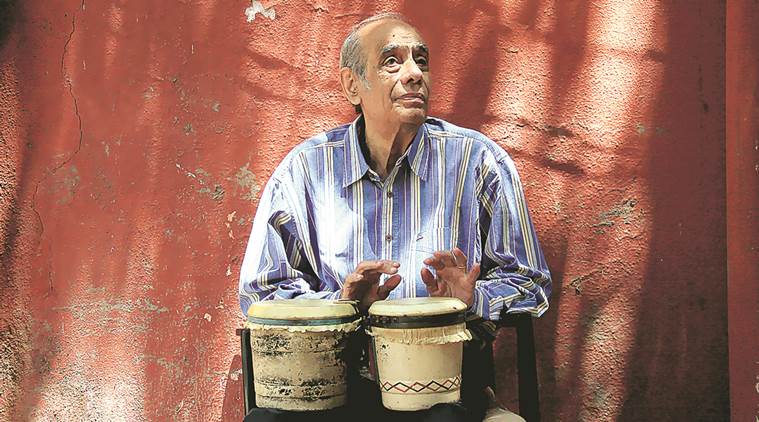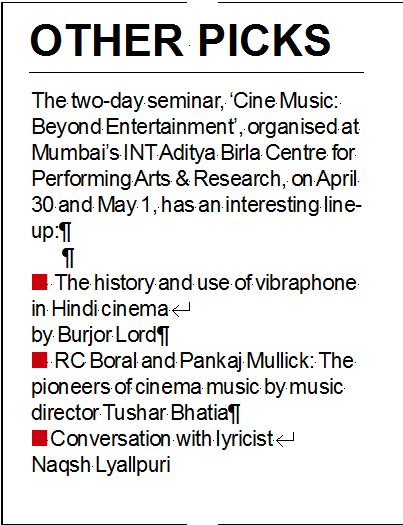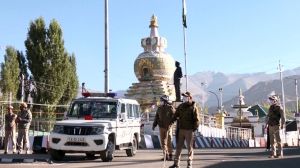Click here to follow Screen Digital on YouTube and stay updated with the latest from the world of cinema.
Maker of Melodies
As his documentary DVD on Homi Mullan releases this weekend, Kushal Gopalka talks about the importance of instrumentalists in Hindi films.

One of the finest instrumentalists of the Hindi film industry, Homi Mullan (pictured), passed away last year. Though known as a percussionist and for giving his touch to popular songs such as Yunhi gaate raho (Saagar, 1985), Aao na gale lagao na (Mere Jeevan Saathi, 1972) and Bachna ae haseeno (Hum Kisi Se Kum Naheen, 1977), he was an exponent of melody instruments. Mumbai-based musicologist Kushal Gopalka, who has made the documentary Homi Mullan: The Unsung Hero, will release the DVD during a two-day seminar on Saturday.

What prompted you to make a documentary on Homi Mullan?
Homiji chose me saying that my research on cinema music and him, in particular, was top-notch. With a few years of playing at gigs, radio and recordings of film songs, jingles and private albums in Kolkata, this keyboard player shifted to Bombay around 1965. After that, he played melody instruments such as accordion, organ, and piano for Hindi film songs. He even played side rhythm (percussion instruments) for mainstream cinema till the 1990s.
What has been the contribution of musicians like Homi Mullan, who were not even mentioned in the film credits.
Just as the singer gives shape to the music composer and lyricist’s creation, instrumentalists give flavour and dimension to it. RD Burman re-recorded his song Lekar hum deewana dil in Yaadon ki Baaraat (1973) simply because he felt that it lacked his signature. The ‘signature’ in question is the humble Nepalese madal, whose strokes had him fascinated.
Do you see musicians like him as representative of a glorious period in Hindi film music?
The pre-digital (acoustic) era, which lasted till the mid ’80s, offered a great atmosphere for cinema music-making in the country.
Recordings were done live by all the artistes sitting and performing together in one room. This was a test of their virtuosity since it was a healthy competitive environment between the instrumentalists and the vocalists. Homiji is a recognised part of this amazing era of making music, playing his various Latin, Indian and improvised percussion with the ustads of the business.
How much has the process of music making changed?
Dubbing technology followed by the digitisation of recording technique has changed everything. Whether the music is better or worse for it, is debatable, but that magic is sadly missing from most of the songs recorded in the last 30 years.
What have you discovered during the course of this documentary?
I discovered a very genuine, dedicated and sincere artiste. He was patient, persevering and focussed all the time. Working 16 hours non-stop for five days knocked me and my team out but not the 76-year-old, who was willing to give yet another take after a tiring re-take. After an initial apprehension, he agreed to my idea of turning the documentary film into a docu-drama, which was very demanding as he also had to do some bit of acting in it.



- 01
- 02
- 03
- 04
- 05































